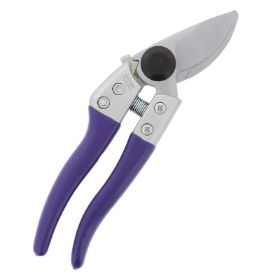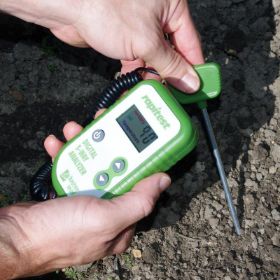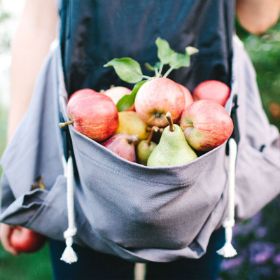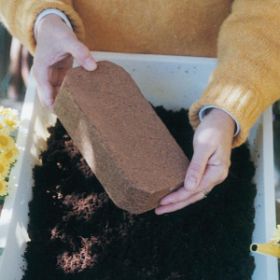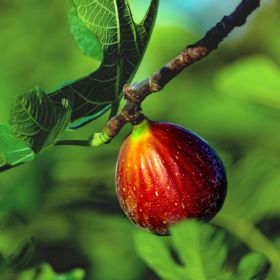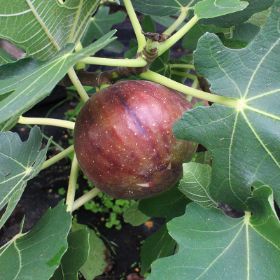Pineapple Guava Tree
Description
About the Pineapple Guava Tree
Pineapple guavas, botanically classified as Acca sellowiana, but often referred to as ‘Feijoa’, are subtropical, aromatic fruits belonging to the Myrtaceae family. The tree produces unique and sugar-sweet edible flowers, followed by kiwi-sized fruits with a tropical fragrance. Though not true guavas, these fruits offer a sweet-tart, tropical flavor reminiscent of strawberries, pineapples, and apples. Their remarkable red to white flowers attract bees, birds, and butterflies, making it a delightful addition to any garden.
The Pineapple Guava tree is a tropical-like evergreen tree that reaches a height of 10-15 feet at maturity, boasting elongated leathery rich green leaves with silvery undersides. The exotic 1 to 1.5-inch flowers of the Pineapple Guava are a sight to behold, with curled petals in fuchsia-pink topsides and white undersides. These flowers are accompanied by a bouquet of up to 50 or more elongated, yellow-tipped bright red stamens. As the flowers give way, the tree produces kiwi-sized fruits with a waxy, green skin that ripen in the fall, releasing a wonderful fragrance.
How to Grow a Pineapple Guava Tree
The Pineapple Guava tree thrives in temperate to subtropical climates, with ideal growing conditions including full sun exposure and well-draining soil. It can tolerate a wide range of soil types but prefers slightly acidic to neutral soil pH. The tree is drought-tolerant once established, but regular watering during dry periods is recommended to promote healthy growth and fruit production.
It’s recommended to plant multiple varieties for cross-pollination and optimal fruit production. Pineapple Guava trees can be planted in containers and pruned to size. Fertilize the tree in spring and summer with a balanced, slow-release fertilizer formulated for fruit trees.
Characteristics
| Bloom Color | Pink, Red, White |
| Fruit Color | Green |
| Fruit Size | Small |
| Hardiness Zone Range | 2 - 10, Outdoor Planting: 8 - 10 |
| Pollination | Pollinator Required |
| Shade/Sun | Full Sun |
| Soil Composition | Loamy, Sandy, Silty |
| Soil Moisture | Well Drained - Average Moistness |
| Soil pH Level | 4.5 - 7.5 |
| Taste | Sweet, Tangy |
| Years to Bear | 3 - 4 |
Size & Spacing
Mature Size
Recommended Spacing
Zone Compatibility
Pollination
This variety requires another one for adequate pollination.
Tools & Supplies
Planting & Care
Learn all about how to grow guava trees in The Growing Guide. An entire section of our website dedicated to your growing success.









